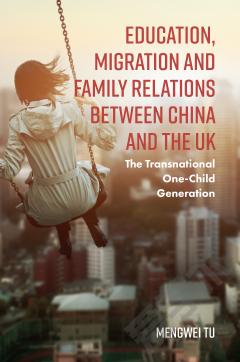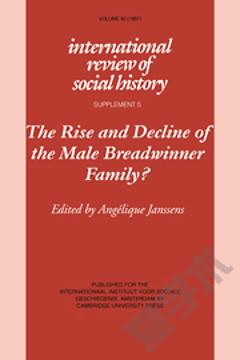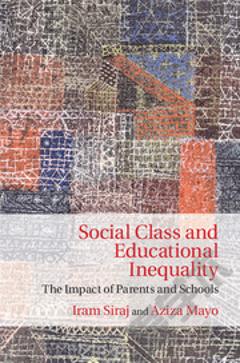Job Placements And Job Shifts In China: The Effects Of Education, Family Background And Gender
The book investigates the impact of the market-oriented economic reform in China on a unique aspect of the labor market outcomes — individuals' access to different employment sectors, that is, the state and collective sector, the private sector, and the sector of family contract farming in the 1990s. Using the longitudinal data of China Health and Nutrition Survey, the author finds that the access to different employment sectors is not equally distributed among Chinese workers during the market transition. And the hierarchy of employment sectors is reproduced through the procedure that assorts individual workers to different employment sectors. In addition to achieved characteristics such as human capital, ascribed characteristics such as family background and gender are important factors in understanding the procedure of social stratification in the reform era. The book will be of value to social scientists interested in the market transition of socialist societies in general and the social transformation of contemporary China in particular.
{{comment.content}}








 京公网安备 11010802027623号
京公网安备 11010802027623号